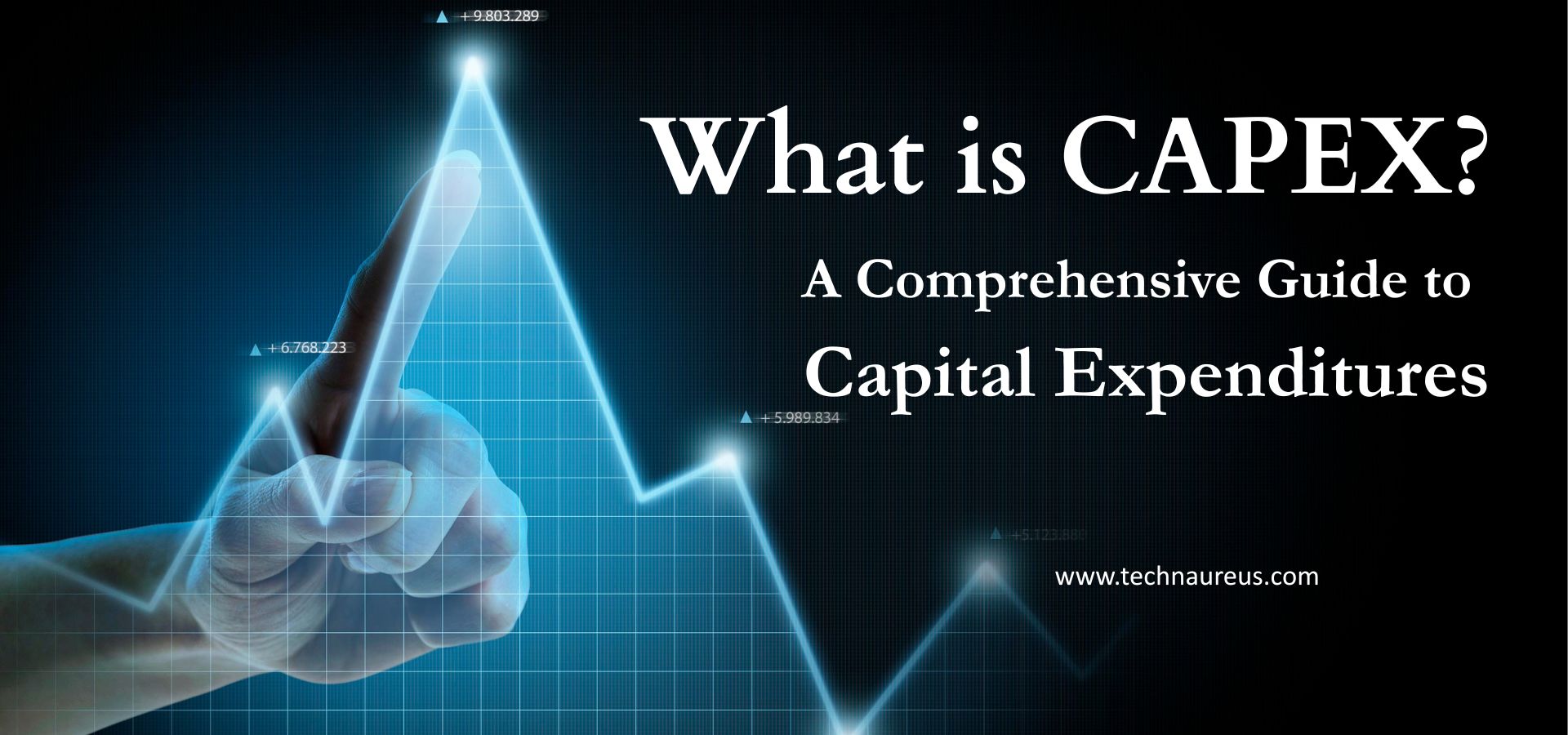Harshith KHMay 19, 2025
Capital Expenditure, often abbreviated as CAPEX, plays a pivotal role in shaping a company’s future. Whether you're an investor, entrepreneur, or finance professional, understanding CAPEX is essential to evaluate a business's growth potential and long-term strategy.
CAPEX (Capital Expenditure) refers to the money a company spends on acquiring, upgrading, or maintaining physical assets such as buildings, equipment, technology, and vehicles. These expenditures are intended to create future benefits and are not expensed immediately on the income statement.
CAPEX is often seen as a strategic investment in the company’s future, reflecting a long-term vision rather than short-term gains.
While CAPEX deals with long-term asset investments, OPEX (Operating Expenditure) refers to the day-to-day expenses necessary to run a business, like rent, utilities, and salaries.
Capital expenditures can be broadly categorized into:
These are investments made to expand operations, such as opening a new plant or buying additional delivery trucks.
This includes spending required to maintain existing assets in working condition, like upgrading IT systems or replacing broken machinery.
Both types are critical for sustaining and scaling a business.
Capital expenditures impact various financial statements:
CAPEX decisions can significantly influence a company’s cash flow and net profit margins.
Effective CAPEX planning is essential to avoid overspending and misallocation of resources. Key steps include:
Capital expenditures are often a sign of confidence in the company’s future. Companies that invest in new technologies, facilities, or equipment can:
Investors often monitor CAPEX trends to evaluate the strategic direction and growth potential of a business.
While CAPEX is critical, it comes with risks and challenges, including:
No, CAPEX is not fully tax-deductible in the year it is incurred. However, it can be depreciated or amortized over time, reducing taxable income in future years.
Companies can use retained earnings, debt financing, or equity funding to cover capital expenditures. The choice depends on cash flow, credit access, and capital structure.
Yes, in rare cases. Negative CAPEX may occur if a company sells off more assets than it purchases in a given period.
CAPEX provides insight into a company's growth strategy. High CAPEX could signal expansion, while declining CAPEX might indicate maturity or contraction.
Purchases of property, plant, and equipment (PP&E), software upgrades, construction costs, and long-term technological investments typically fall under CAPEX.
Understanding what CAPEX is and how it influences business operations, financial planning, and investor decisions is crucial in today’s economic landscape. Whether used for expansion or asset maintenance, capital expenditure reflects a company’s priorities and future ambitions.
Companies that manage CAPEX wisely are better positioned to grow sustainably, innovate continuously, and maintain a competitive edge in their industry.

0